Taputapuātea
An ancient site of great historical and cultural significance to indigenous Polynesians.

An ancient site of great historical and cultural significance to indigenous Polynesians.
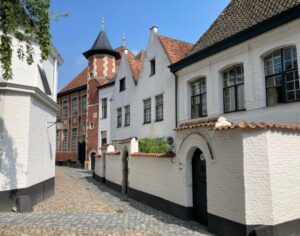
Centuries-old architectural ensembles in Flanders that once housed religious communities of women.
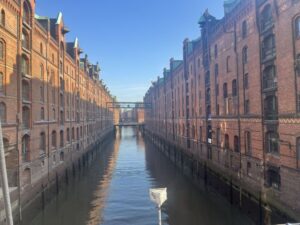
An ensemble of warehouses and office buildings resulting from Hamburg’s port trade in the 19th and early 20th centuries.
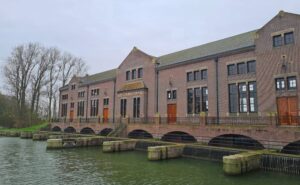
The largest and most powerful steam-driven pumping station ever built.
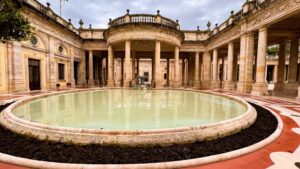
Towns in seven countries where an early tourism industry thrived around natural hot springs.
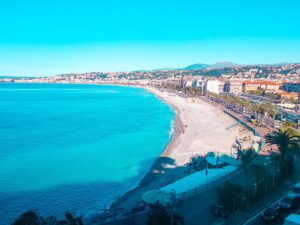
An early example of a city that developed due to tourism.
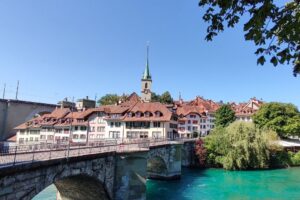
A unique example of urban planning from the Middle Ages that has developed over time while still respecting the original plan.
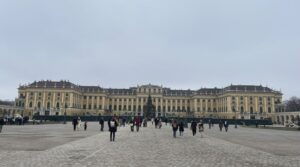
Former home to the powerful Habsburg emperors: an opulent Baroque castle and its gardens.
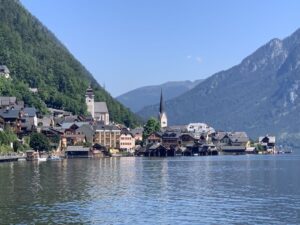
A picturesque little village surrounded by a breathtaking mountainous landscape.
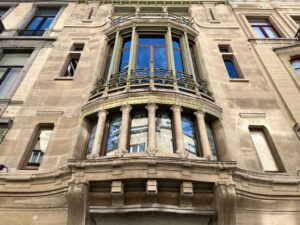
Four pioneering works of architecture in Art Nouveau style.
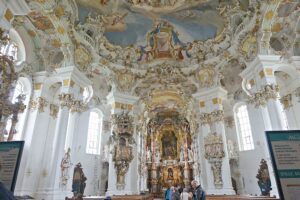
A magnificent rococo church with a legend that draws the faithful to visit.
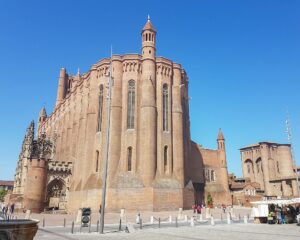
A small city with a rich collection of Medieval and Renaissance architecture.
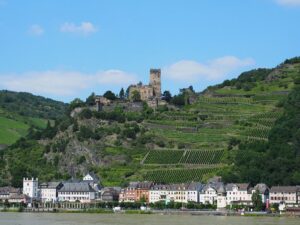
A beautiful portion of the Rhine River with centuries of history evident in its vineyards, castles and villages.
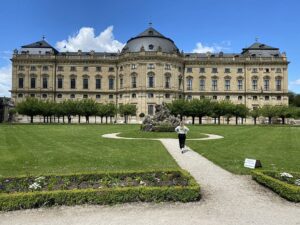
A magnificent 18th-century baroque palace and accompanying garden.
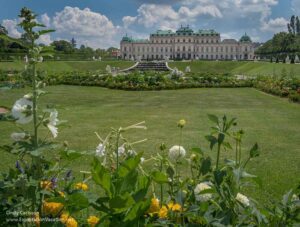
An urban center with a wide range of outstanding historical architecture, viewed as the music capital of Europe.

Apartment complexes designed in the early 20th century to improve living conditions for low-income families.
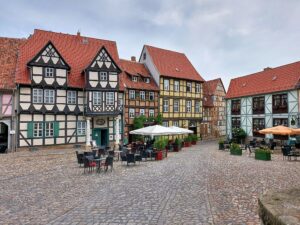
A medieval town known for its Romanesque church/castle on a cliff and its picturesque half-timbered houses.
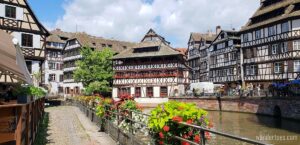
Two districts, one exemplifying medieval cities, the other a model of modern city planning.
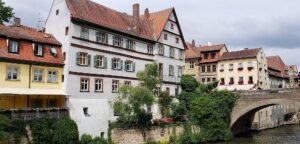
A beautifully intact medieval city center with over 1000 historic buildings as well as an early example of urban farming.
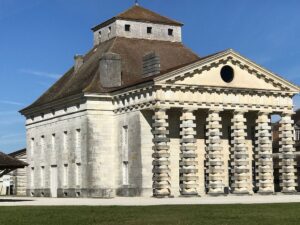
Two locations that exemplify the historical process of salt production and industrial architecture.
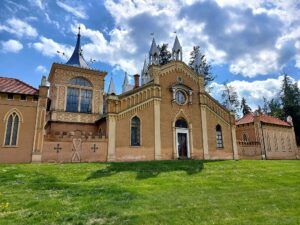
A huge English-style garden and the structures in it that illustrate the principles of Enlightenment ideals in landscape design.
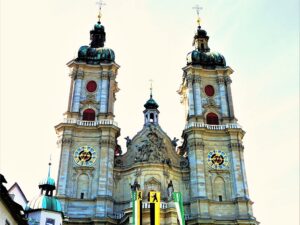
An 8th-century monastery with a beautiful Baroque cathedral and an ancient library.

A spectacular mountain and glacier landscape in the Alps.

A landscape exemplifying creative Dutch land reclamation.
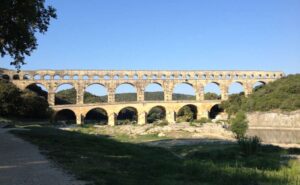
A 3-tiered stone aqueduct and bridge that demonstrates Roman-era construction processes.
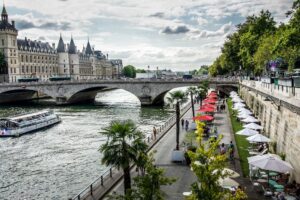
A 365-hectare corridor that encompasses many of the most famous sights in Paris, spanning centuries of the city’s development.
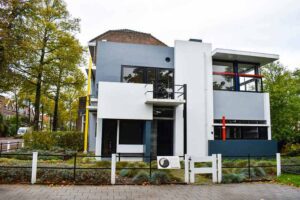
A 1920s family house exemplifying the ideals of the De Stijl group of architects and artists.
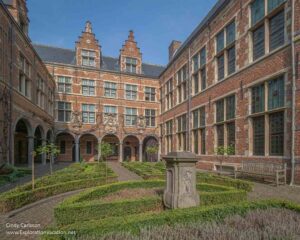
300 years of printing history and domestic life, with art by Rubens.
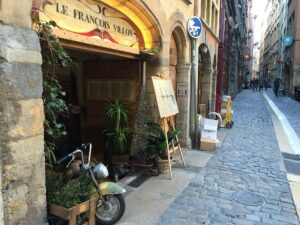
A city with 2000 years of history visible in its urban center’s architecture.
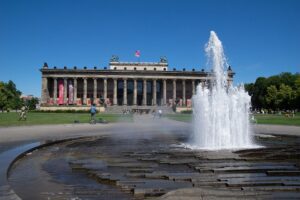
5 museums that demonstrate the evolution of museums and museum design.
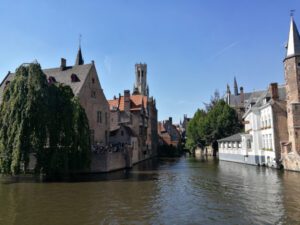
A completely intact, mostly Gothic, core of a medieval trading city.
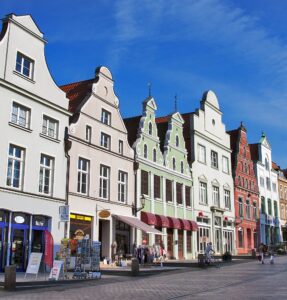
Remarkable collections of “Brick Gothic” churches and other buildings unique to these former Hanseatic ports.
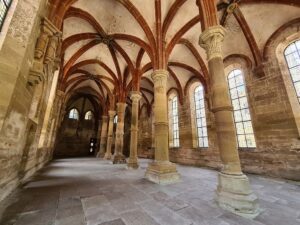
An intact and complete medieval monastery that demonstrates the transition from Romanesque to Gothic architecture.
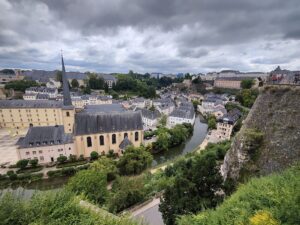
Impressive fortifications and the original urban center of a historically important city.

A masterpiece of modernist industrial design from the inter-war period.
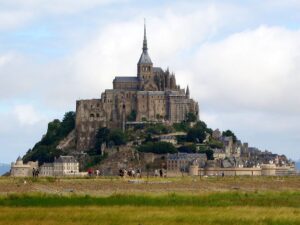
A magnificent Gothic abbey on top of a small island in a bay with dramatic tides.